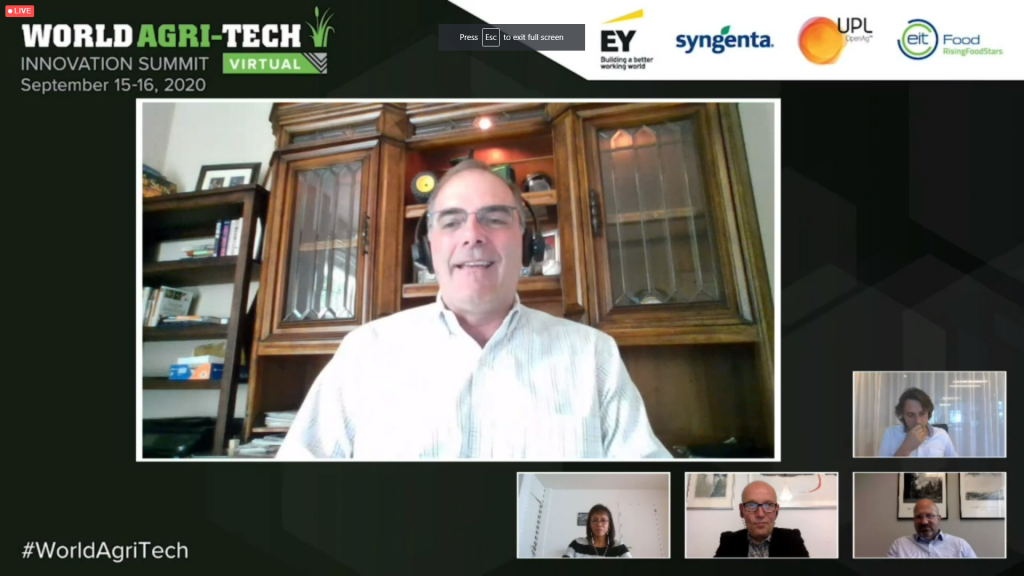How Remote Support Makes Your Life Easier
Precision ag helps you manage your farm more efficiently in a number of ways. Whether it’s guidance and steering, yield monitoring, or maps and visualization, there are many farming solutions that fall under the precision ag umbrella.
Ease of Access
One aspect of precision ag that’s often vital to the success of your farm – but less discussed – is the ability to access remote support.
In a traditional customer service model, you might access remote support by calling them on the phone or emailing them from a desktop computer. At Trimble, we know that farmers aren’t always operating at home or in their offices. Instead, they’re often out and about – monitoring the fields, overseeing planting and harvest, and operating miles away from their wifi router.
Get Help No Matter Where You Are
Resellers and farmers alike will benefit from the ability to access remote support from anywhere.
In the past, support technicians often had to drive out to farms, making site visits to inspect equipment or view physical challenges firsthand. Farmers often had to relegate their mapping and visualization precision ag technologies to desktop computers or devices that were limited to certain areas.
This setup negatively affected efficiency – it could potentially take hours out of the day to access and work with tech support. The arrangement was simply less convenient, too: from restrictions in support access to the frustration of having to put dependent operations on hold, farmers were being held back by limited tech support.
Quick and Efficient Support When You Need It
Remote support addresses these problems by making it possible to access technical support more quickly and from more places. With precision ag solutions like Trimble TeamViewer and Precision-IQ™ (PIQ) version 6.60 technology, resellers and farmers can efficiently access on-demand remote support from their own fields.
TeamViewer is a leading software provider that enables remote control and device sharing for a range of industries. Trimble TeamViewer makes farmers’ lives easier by facilitating immediate, real-time access to experienced service technicians.
Whether you’re having trouble with your internet connection or your equipment, you can reach an expert with the click of a button, getting dedicated help until the problem is solved. Simply click on TeamViewer app on your Trimble display or mobile device, and you’ll be able to access focused, expert support from anywhere at any time.
Connectivity is Key
TeamViewer also helps increase the interconnectivity of precision ag solutions: users can connect to Trimble devices from any place on the farm. This eliminates the need for multiple monitors, trips back to a tech home base, or the use of multiple complex tech systems at once.
Remote support becomes even more powerful when it is paired with centralized precision ag technologies, like the updated version of PIQ.
With this tool, users can access clearly designed, highly useful dashboards that provide farmers’ key functionalities.
Farmers can collect and instantly analyze data from their applications and processes. The interface is also upgraded, and shaped by farmers’ feedback, to provide touch-screen switch control, a simpler process for field selection criteria and more.
Solve Problems Faster
With TeamViewer and Precision IQ, remote support experts are empowered to solve problems faster: they can not only view a user’s screen – helping to give them specific, tailored instructions to solve a given tech problem – but also click buttons, streamlining the process of fixing a confusing tech glitch.
If you’ve ever tried to describe your screen to a customer support technician (a challenging task!) then you likely know how time-consuming and stressful it can be to hash out the details of technical support without your representative seeing the same thing at the same time.
Together, these solutions give farmers and users more control and precision: they eliminate the need to wait for visits from tech support or juggle multiple devices, dashboards, and data analysis apps.
Trimble is Here For You
TeamViewer helps to provide instant access to useful support directly from expert Trimble resellers, smoothing out errors and problems that arise during the course of a farming season. To put it simply, remote support makes life easier – and it improves farmer’s profit by cutting down on time spent accessing support while streamlining their ability to view, change, and manage data.
To learn more about Trimble TeamViewer and Precision-IQ, contact your local Trimble reseller today!

